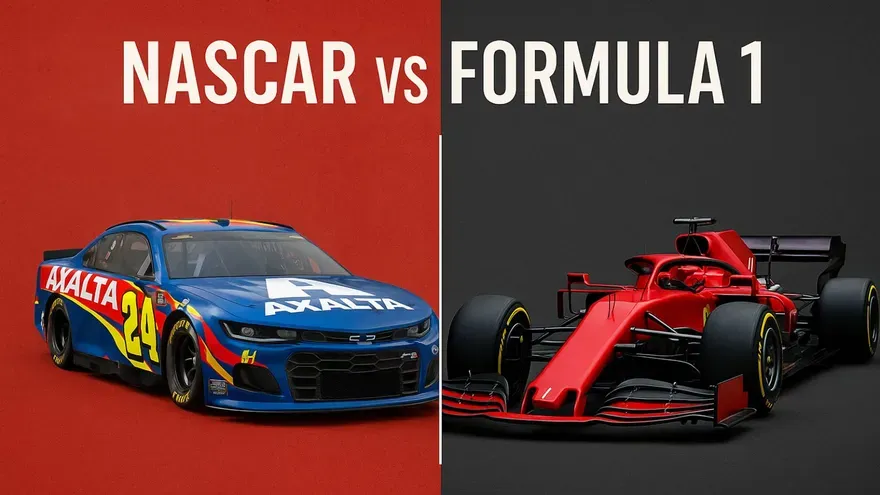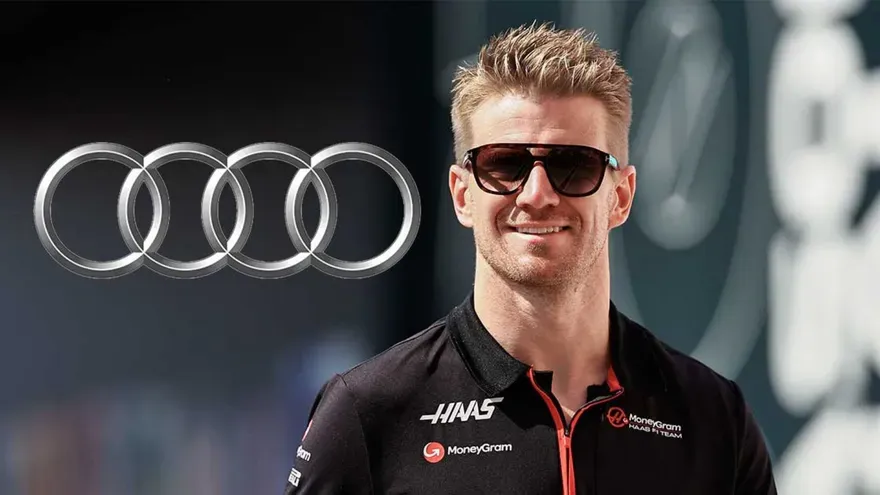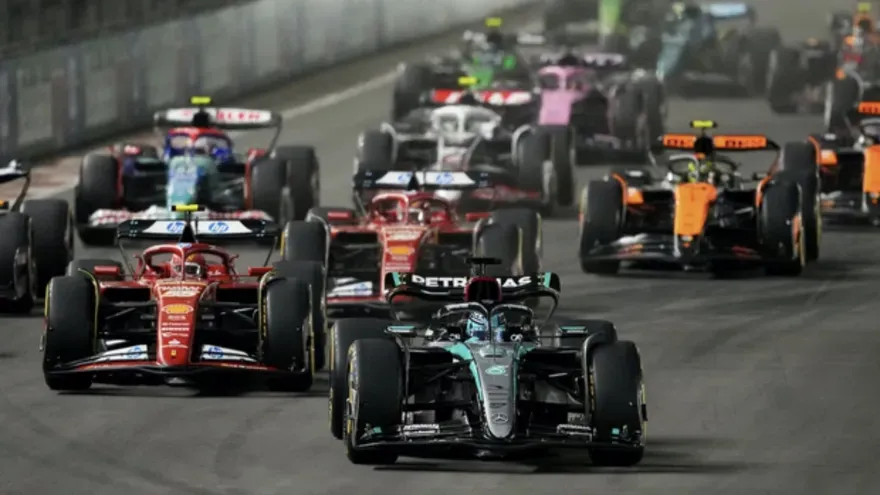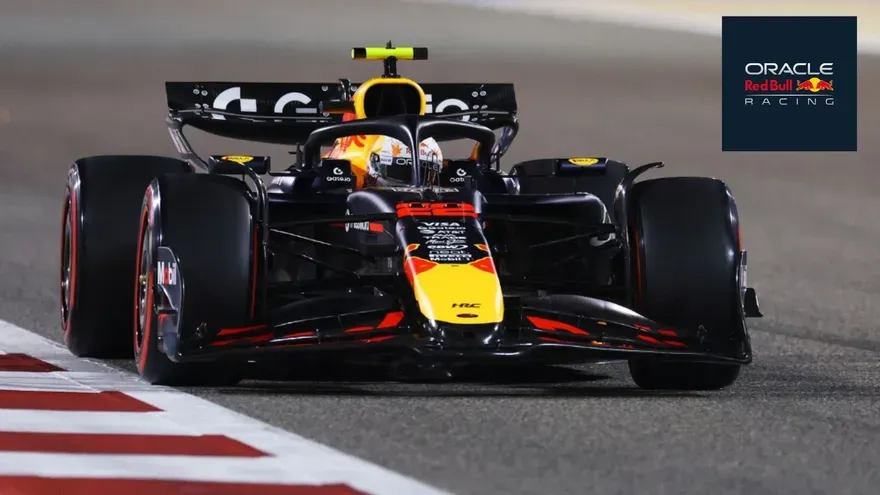Formula 1 is the pinnacle of motorsports, showcasing the covet of marvelous engineering and innovations. Many changes have been made through time to keep racing safe and secure in general. Although different teams have different hardcore apex technology, few essential specs are required to drive a race car. Apart from engines and tires, the suspension system also plays a crucial role during the race. In simple words, Formula 1 cars don’t zoom themselves through the tracks. They are all attached to the traction with the suspension built and hinges on both sides of the vehicle.
In this article, we will read about and analyze the suspension system used in Formula 1 cars and how it works. Also, we will cover how many types of suspension systems have been used in the realm of F1 racing. Here’s everything you need to know about the suspension of a Formula 1 car.
Suspension of F1 Car
The suspension of a Formula 1 car is one of the most important covets and allures of motorsport engineering. It’s made with the relays of elements and plays an important character during the race. The main objective of the suspension is just to connect a high-performance F1 car to its wheel. It may sound a little trivia but looking behind the scenes is more tactical. The suspension system of a Formula 1 car has more work than just riding and handling a road car. When a car moving at high speed with a certain weight creates the epitome of challenges that’s where suspension plays its role.

Many modern cars have taken the science of braking and suspension from the F1 cars but F1 cars are beyond the science of road cars. Alas, moving at high speed and taking sharp corners at the apex is something a normal suspension can’t do. The most important is the aerodynamic aids that keep the car’s downforce to the track. They even protect the car and the driver from heavy impacts and also absorb bumps on the track. However, without suspension, the car would not be fit for any driving dynamics and the rider would face an uncomfortable drive.
The faster the F1 cars move through the tracks the more downforce it creates. This immense force has to dwell against the suspension of the car exerting an extra load on it during races. Therefore the suspension system should have the kinetic to handle the pitch and the right configuration to control the car. Many arrays of different elements together bundle up for the suspension system in modern f1 cars. Some key elements are discussed below-
The basic 4 components of the suspension system are essential to create a perfect suspension under a perfect configuration setup. These elements are:
Springs:
Springs are an essential part that is induced in the framework of F1 suspension. They can be mechanical or pneumatic and help to absorb heavy impacts and speed bumps during the race.
Dampers:
They are also known as shock absorbers. These small units help to control the specific movement of the spring, sometimes unusual and prevent the car from bouncing or reverting when moving at high speeds.
Anti-Rolls Bars:
They are designed to reduce body rolls while turning at apex and improve handling.
Rockers:
These help to transfer forces between the wheels and the chassis of an F1 car.
Types of Suspension Systems used in Formula 1 cars
Different types of suspension systems have been used in different eras of racing. Selecting the right suspension for every circuit is important as it overall improves the efficiency of the car and the performance of the driver. This type of juggernaut takes the right precision and perfect geometry to use a suspension. This reflects the platform control potential of any suspension used in F1 cars.
Some famous suspension systems used in Formula 1 cars are as follows:
1. Double Wishbones Suspension:

It was the most common suspension system used in Formula 1 cars. However, teams made some modifications to it and innovated new methods to improve its audacity. It features lightweight elements and is robust in handling while taking sharp turns during the race. Most F1 cars such as the Mercedes Petronas W13 and the title contender Red Bull RB18 were muffled with such suspension systems in recent F1 seasons.
2. Active Suspension:

Before the standard wishbone suspension was not part of racing. These were active before they were banned in 1994. These types of suspension systems were used in the 90s era of F1 racing as they can electronically be controlled so it often requires less effort to adjust during the race. Even with a hydraulics system, these suspensions allow for adjustment of the ride height and improve real-time performance. F1 cars like the 1992 Williams FW14B and McLaren MP4/12c had used these types of miniature suspension.
3. Push Rods/ Pull Rod Suspension:
Both these suspension systems use wishbones that help to connect the chassis to the wheels of the car. They are just a factual term used to differentiate the configurations of the modern Formula 1 cars. So if they use wishbones, why are they called push or pull rods? Let us understand clearly, so the rod which is able to connect the top wheel to the spring mounted in a suspension is called a push or a pull rod. All modern cars are now using this type of suspension in their cars.

Configuration Of The Push Rod vs The Pull Rod Suspension
In a pull rod suspension configuration, the rod is adjusted to the angle from a lower point and the wheel assembly is placed at the higher point. This can be seen when the tires go through bumps then at times wheels are pulled via a pull rod and move outwards from the chassis.
Whereas in push rod suspension configuration, it is adjusted in the opposite ways. Placed diagonally but higher to the chassis and lower to the wheel assembly. This can be seen when the tires go through the bumps then the wheel pushes via a push rod pushing the rod upwards and towards the engine chassis.
These types of configurations need good strategy and framework as different circuits need different setups and different cars need to adjust according to the front and rear control panels from the teams. For the 2024 FIA Formula 1 World Championship almost every car uses a pull and push rod suspension system but the configuration of the front and rear setup is different according to the team’s orders under technical regulations.















